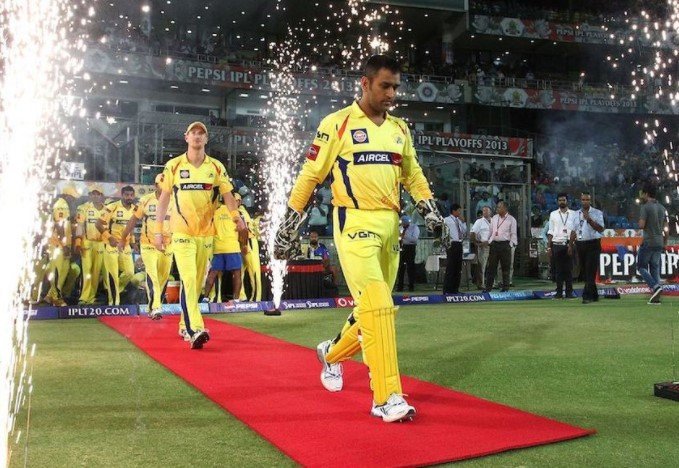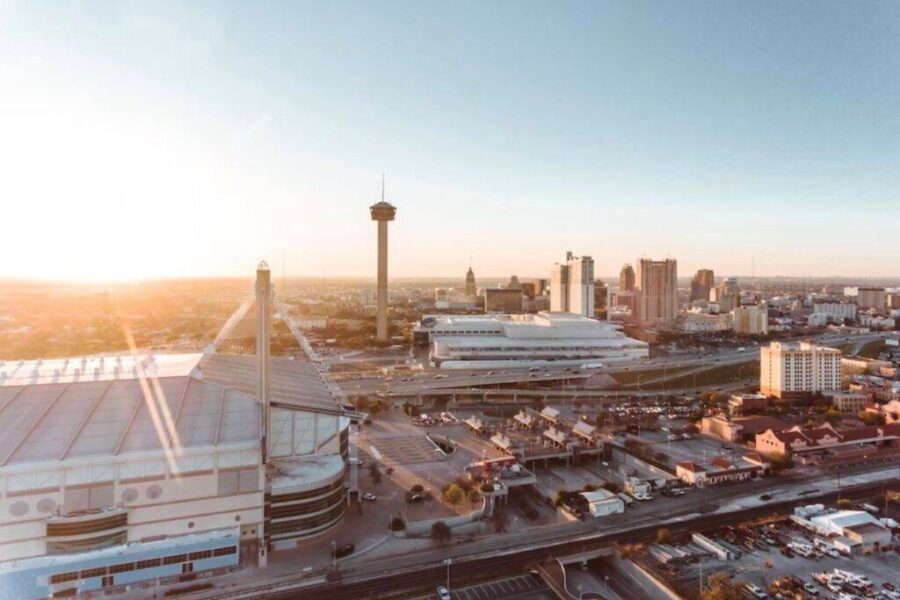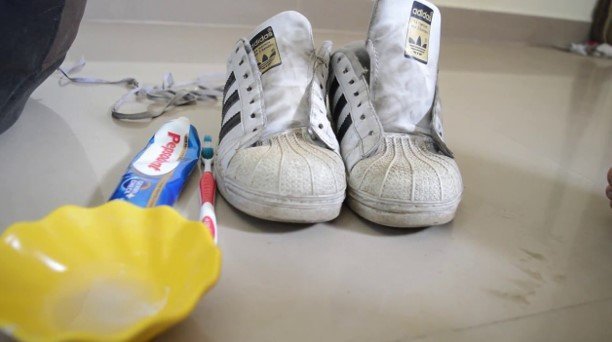The decision to hold the FIFA World Cup in Qatar sparked global debate. This event brought intense scrutiny upon the host nation for significant issues, primarily concerning human rights abuses against migrant workers, environmental impact, and the sheer logistics of a small country hosting such a massive tournament. These controversies raised questions about the responsibilities of global sporting bodies like FIFA and the true cost of hosting the world’s most popular sporting event.
The Plight of Migrant Workers Under the Kafala System
For years, the Persian Gulf’s economy has relied heavily on migrant labor. However, this reliance has often been overshadowed by reports of widespread abuse. The kafala sponsorship system, prevalent in the region, ties a worker’s legal status directly to their employer, creating a power imbalance that can lead to exploitation.
When Qatar won the bid to host the World Cup, its labor practices came under a global microscope. In response to international pressure, the government made efforts to reform the kafala system. Despite these reforms, many activists and human rights groups argue that the changes have not been fully implemented or enforced.
The Supreme Committee for Delivery and Legacy, responsible for the World Cup projects, promised better working conditions. However, incidents continued to suggest that contractors were not following basic laws, leaving workers vulnerable to abuse.
A Spotlight on Widespread Human Rights Violations
The issues in Qatar went beyond labor disputes, encompassing broader human rights violations. Since being awarded the World Cup in 2010, the country has faced numerous allegations of severe abuses that have tarnished the event’s reputation.
Human rights organizations have documented a grim reality for many workers, including:
- Forced labor with little to no recourse.
- Systematic withholding of wages or late payments.
- Excessive working hours in extreme heat.
- Unsafe living and working conditions leading to injuries and deaths.
In 2017, Qatar signed a significant agreement with the International Labour Organization (ILO), promising to dismantle the kafala system and align its laws with international standards. While this was a positive step, the follow-through has been criticized as slow and incomplete. FIFA, as the governing body, has been condemned for not using its considerable leverage to ensure these promises were kept.
With a revenue target of over 6.5 billion USD for the 2019-2022 cycle, critics argue that FIFA prioritized profits over the fundamental rights and safety of the people building its stadiums.
Qatar’s Labor Law Reforms: Too Little, Too Late?
The Qatari government did introduce measures to address the criticism. It established Labor Dispute Resolution Committees to help workers settle disputes with employers more quickly. This was designed to avoid long and costly court battles that most migrant workers could not afford.
This approach was presented as a positive legacy of the World Cup. However, organizations like Human Rights Watch have remained critical, pointing out that legal protection on paper does not always translate to safety in practice. Reports of unpaid wages, denial of paid holidays, and unsafe working conditions continued to surface even after the reforms were announced.
The core problem remained the lack of enforcement and accountability for employers who violated the new laws. For the nearly two million foreign workers in the country, many of whom were involved in the massive infrastructure projects for the tournament, the risk of exploitation remained a daily reality.
Environmental Concerns and Accusations of Greenwashing
Qatar and FIFA promoted the 2022 World Cup as the first-ever carbon-neutral tournament. The hosts committed to reducing emissions and investing in green projects to offset the event’s environmental impact. This included building a solar power plant and using sustainable materials in stadium construction.
However, this commitment was met with significant skepticism. Climate activists and even some politicians accused the organizers of “greenwashing,” a term used when an organization spends more time and money marketing itself as environmentally friendly than on minimizing its environmental impact. Qatar’s estimated carbon footprint for the event was a massive 3.6 million metric tons of CO2.
Here is a brief overview of the environmental pledges versus the criticisms:
| FIFA’s Stated Goal | Criticism and Reality |
|---|---|
| Reduce carbon emissions | Critics claim the carbon footprint calculations were underestimated. |
| Limit water consumption | Maintaining grass pitches in a desert climate requires vast amounts of desalinated water. |
| Reduce and recycle waste | The transparency of waste management for an event with millions of visitors was questioned. |
While FIFA eventually committed to publishing a greenhouse gas inventory, many felt the environmental promises were more about public relations than genuine sustainability.
Can a Small Nation Host a Global Spectacle?
The sheer size of the World Cup posed a unique challenge for Qatar, the smallest country ever to host the tournament. With a population smaller than that of Kansas, accommodating 32 teams and millions of fans required an unprecedented construction boom.
Qatar invested billions in building eight new state-of-the-art stadiums, along with hotels, apartments, and a new metro system. The stadiums famously featured advanced cooling technology to combat the intense desert heat. Only an extremely wealthy state could afford such extravagant spending for a month-long event.
This massive undertaking raised questions about legacy and sustainability. Critics wondered what would become of the massive stadiums after the tournament ended, arguing that a more developed country with existing infrastructure could have hosted the event at a fraction of the cost and with less environmental disruption.
Frequently Asked Questions about the Qatar World Cup Controversies
What was the main controversy surrounding the Qatar World Cup?
The most significant controversy was the treatment of migrant workers. Widespread human rights abuses, including forced labor, unpaid wages, and dangerous working conditions under the kafala system, led to thousands of documented deaths and injuries.
What is the kafala system?
The kafala, or sponsorship, system is a legal framework used in several Gulf countries that ties migrant workers’ residency permits to their employers. This system gives employers immense control, making it difficult for workers to change jobs or leave the country without permission, often leading to exploitation.
Did Qatar make any real changes to its labor laws?
Yes, Qatar did introduce reforms, including officially dismantling the kafala system and establishing dispute resolution committees. However, human rights organizations have consistently reported that the implementation and enforcement of these new laws have been weak, leaving many workers still vulnerable.
What does ‘greenwashing’ mean in this context?
Greenwashing refers to the accusation that Qatar and FIFA made misleading claims about the World Cup being carbon-neutral. Critics argue that the organizers’ environmental promises were a public relations tactic to distract from the tournament’s enormous carbon footprint, which was estimated to be 3.6 million metric tons of CO2.
Why was FIFA criticized for the Qatar World Cup?
FIFA faced heavy criticism for awarding the tournament to Qatar despite the country’s poor human rights record. The organization was also accused of failing to use its power to enforce meaningful change and protect workers’ rights, seemingly prioritizing the massive revenues generated by the event.









Leave a Comment